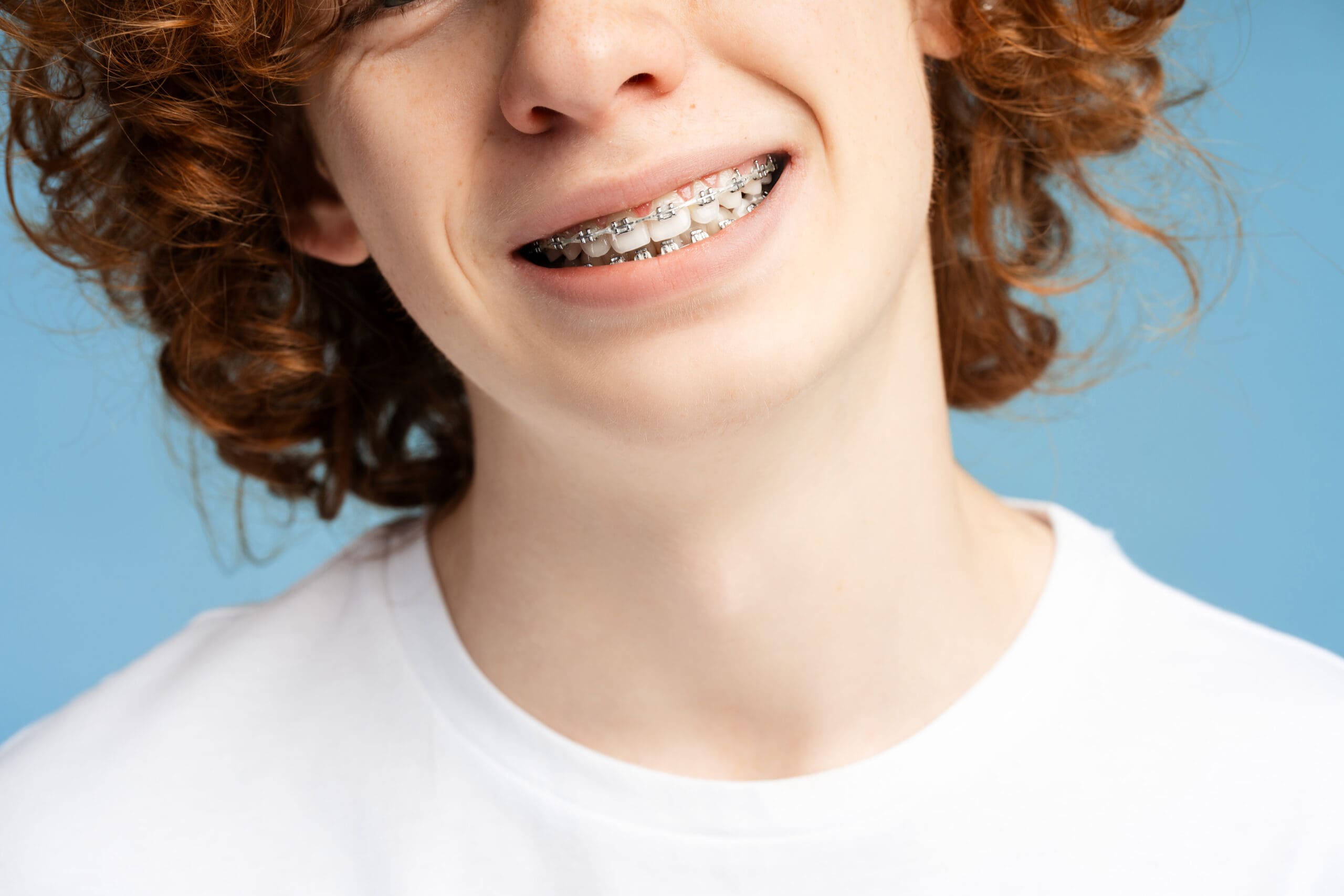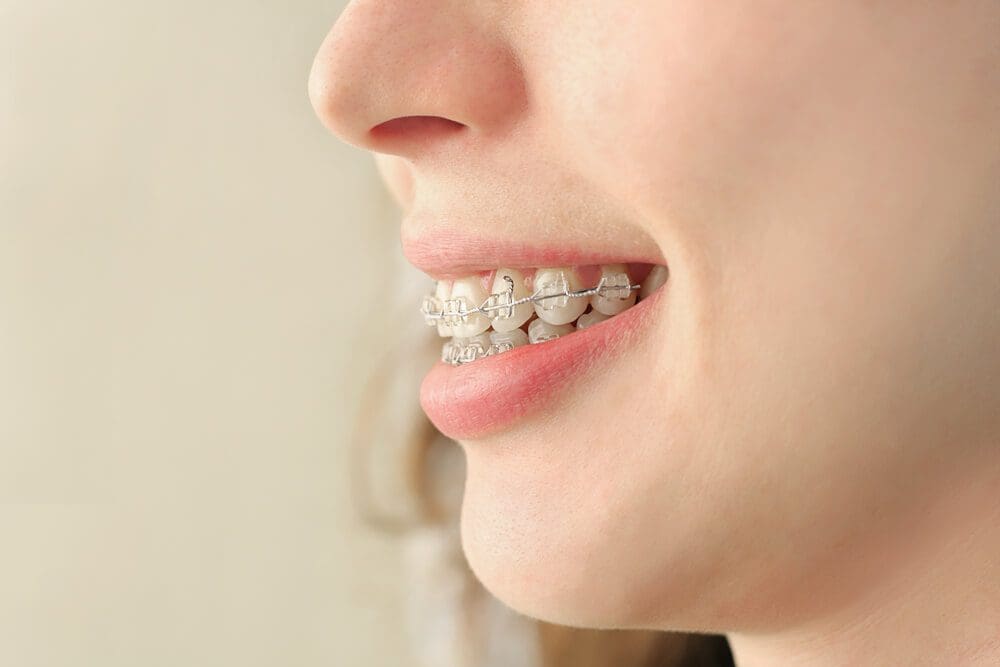
If your child is showing signs of misaligned teeth, jaw discomfort, or issues with chewing, it might be time to think about braces. At Smilebliss in Marietta, we help families identify and address orthodontic concerns early, providing the best possible care for your child’s smile. Taking action early can help prevent more serious issues from developing down the road.
Contact us today to schedule a consultation and get the support your child needs to achieve a healthier, more confident smile.
Recognizing orthodontic issues early can help determine if your child needs braces. Addressing these concerns can improve oral health, boost confidence, and enhance their overall quality of life. Braces can correct a variety of issues, leading to a beautiful and functional smile.
Here are key signs to look for:
Bite issues are a common concern and often indicate that a child should visit an orthodontist. Early detection can prevent more severe problems and improve your child’s oral health. Here’s a breakdown of the most common bite issues:
 An overbite happens when the upper front teeth extend too far over the lower front teeth. An underbite, on the other hand, occurs when the lower teeth overlap the upper teeth.
An overbite happens when the upper front teeth extend too far over the lower front teeth. An underbite, on the other hand, occurs when the lower teeth overlap the upper teeth.
This type of malocclusion can result from jaw size discrepancies or crowded teeth, leading to chewing problems, speech difficulties, and unusual tooth wear. If the child’s front teeth don’t meet properly when the mouth is closed, they need correction.
A crossbite occurs when the upper teeth sit inside the lower teeth instead of overlapping. A crossbite can involve one or several teeth. Left untreated, it may lead to jaw pain, excessive enamel wear, or even temporomandibular disorders (TMD).
An open bite is typically caused by thumb-sucking or tongue-thrusting past the age of five, leading to misalignment and possibly permanent damage to the teeth and jaw development. Early intervention is essential to prevent these issues.
Bite problems often worsen over time rather than resolve on their own. These issues can cause chronic pain and long-term damage to your child’s oral health.
With up to 56% of the world’s population experiencing bite issues due to mismatched jaw sizes or crowded teeth, detecting these problems early is critical. Timely intervention can help prevent lasting damage to your child’s smile and self-esteem.
Certain early habits can greatly impact your child’s oral development and raise the chances of needing braces. Identifying these habits early helps prevent future problems.
Deciding the right time for braces involves understanding your child’s unique oral and developmental needs.
Here are a few things to consider:
Most children need orthodontic treatment between the ages of nine and fourteen, when the jaw is still growing and the primary teeth have fallen out. However, an early evaluation at around age seven can help identify potential problems early.
Every child is different, and so is their readiness for braces. Factors like jaw development, tooth spacing, and bite alignment all play a role in determining when braces should begin. Some children may require treatment earlier due to more pronounced bite issues or crowded teeth.
The timing for braces also depends on how your child’s teeth are coming in. If their teeth aren’t lining up correctly or causing problems, it may be time to think about braces to avoid further complications.
Braces help straighten teeth, improve bites, and boost confidence. They can also improve eating habits and promote better oral health. By acting early, we can prevent future issues and make sure your child has a healthy smile.
The earlier you address potential concerns, the easier the process will be. If you have any worries about your child’s teeth or bite, don’t hesitate to reach out to us at Smilebliss. A simple consultation could clear up any concerns and set your child on the path to a confident smile.
Call us today to book an appointment and begin your child’s journey toward a beautiful, healthy smile.